John Muir is probably the best friend mother nature ever had. The legendary man has been called the father of our National Parks and was the founder and first president of the Sierra Club. More importantly he inspired people to care about the natural world over a century ago. He was way ahead of his time.
His appreciation for nature began in Wisconsin where his family immigrated to the United States from Ireland in 1849. The small farm his family settled on in Central Wisconsin is now the John Muir State Natural Area. His family farmed on the northeast shore of a beautiful spring fed lake near Montello. I recently took a hike around the lake to walk in the footsteps of the teenage Muir and take some pinhole photographs.
Muir spent most of his life out west in the mountains, but always remembered his boyhood home in Wisconsin. He unsuccessfully attempted several times to purchase the land he grew up on. In 1972 the land was designated a State Natural Area realizing Muir’s dream of preserving the place he grew up.
These oak trees in a row seemed to be part of an old fence line. It is possible some of these oak trees were saplings when Muir walked this land.
John Muir Attended the University of Wisconsin in Madison. He resided in North Hall, which still looks much like it did in Muir’s day. North Hall was one of a handful of buildings that made up the new university in 1860 when Muir enrolled. North Hall was the first building on the campus when it was built in 1851. It is said that Muir’s first botany lesson was outside North Hall.
Next to North Hall is Bascom Hall, an icon of the UW campus. Bascom Hall was one of the handful of buildings on the University of Wisconsin campus when Muir attended. It has since undergone many renovations and additions, including the addition of the statue of Abraham Lincoln out front. Abraham Lincoln had just been elected president In Muir’s first year attending the University in 1860.
The small wooded area next to North Hall is now named Muir Woods. Muir certainly walked these woods and even hunted in the area surrounding North Hall. Today the woods are a quiet little refuge on the busy campus.
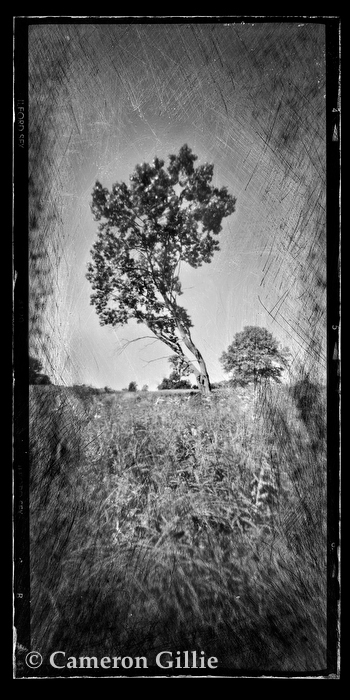
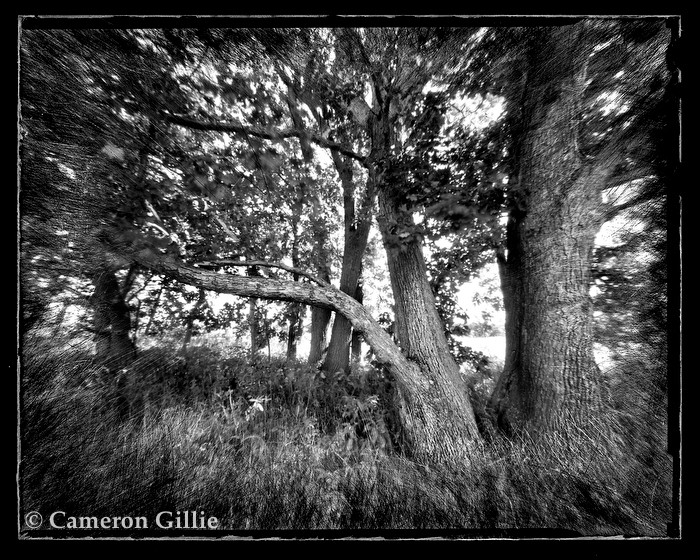
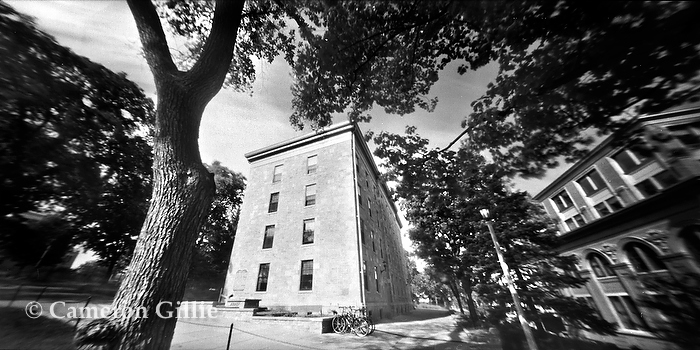
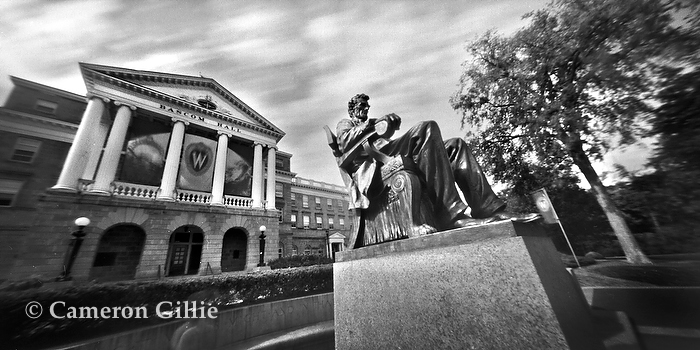
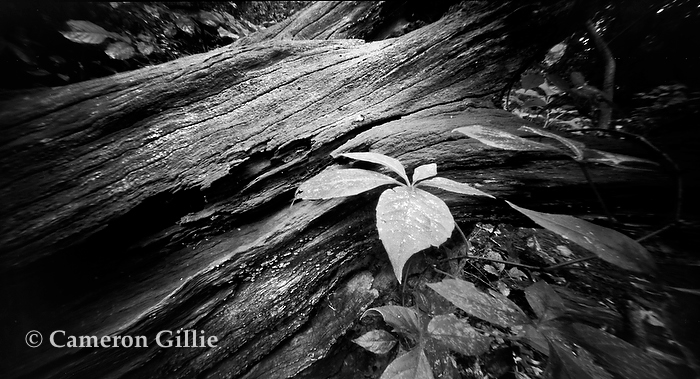
I think the fact that a legendary man walked these grounds that I so casually walk almost everyday is fascinating. Your photographs maybe made today, but they make me think that they were captured the feel of the times he lived. Maybe that is the pinhole effect. The Muir woods still are so quiet and feel isolated despite the active university life. Something John Muir probably would have appreciated.